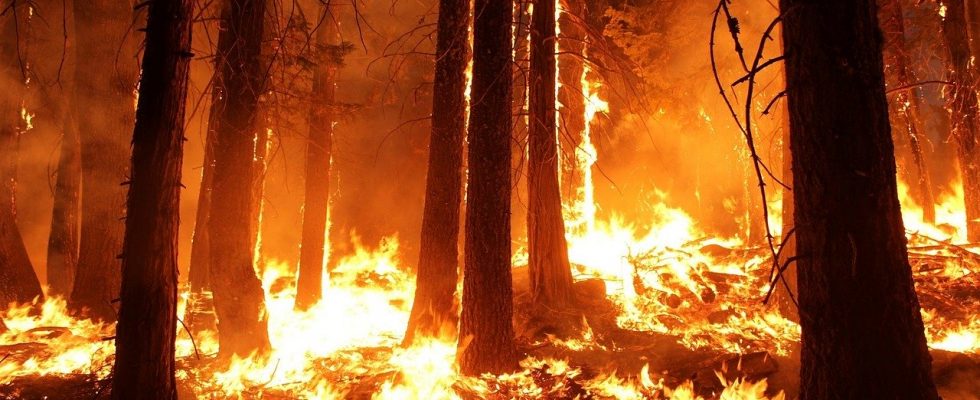
Wildfires rage in California, Oregon, and More
It’s been a month since Gavin Newsom declared a state of emergency for the state of California. Since that day millions of acres along the west coast have gone ablaze. Thousands of people have evacuated their homes, and storms of smoke have taken the skies. Here is a breakdown on how wildfire is tearing through the country.
The Numbers
The BBC cited lightening strikes as a main catalyst for the fires, adding that warm temperatures and dry climate have exacerbated the situation. The U.S. National Interagency Fire Center reports 106 large wildfires spreading across the western US. Fire officials said over 17,000 firefighters in California alone are taking on these flames.
According to the National Interagency Fire Center, 6.7m acres (2.7m hectares) have been burned this year, so far.
Reports from scientists indicate the region has not had as much devastation in 18 years
Recipe for Crisis
“There are four key ingredients to the disastrous wildfire seasons in the West,” said Kendra Pierre-Louis and John Schwartz in the New York Times.
- California has a changing climate that makes it susceptible to fire. Vegetation that dries out in the summer becomes prime kindling.
- People are prone to starting fires even if it’s not on purpose. Examples include falling power lines and fireworks.
- The act of suppressing wildfire can backfire when a fire is not allowed to run its course. Plants can accumulate in places that didn’t burn all the way, leaving more fuel for the next fire.
- In the fall, the Santa Ana winds blow dry air from the Great Basin, making fire spread 3 times as fast.
Wildfire Smoke and COVID-19
- “Exposure to air pollutants in wildfire smoke can irritate the lungs, cause inflammation, alter immune function, and increase susceptibility to respiratory infections, likely including COVID-19.”
- Populations at risk to wildfire smoke include children under age 18, adults age 65 or older, pregnant women, people with chronic health conditions, outdoor workers, people of low socioeconomic status including those with limited access to healthcare.
- “Respiratory symptoms such as dry cough, sore throat, and difficulty breathing are common to both wildfire smoke exposure and COVID-19.”
